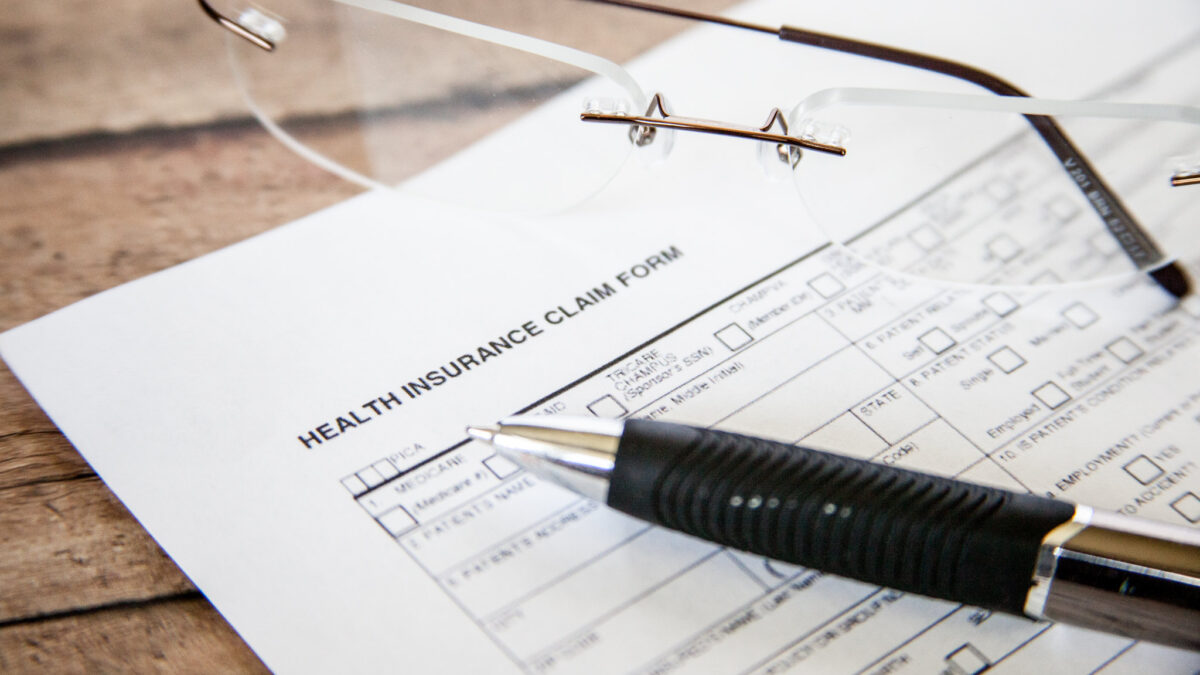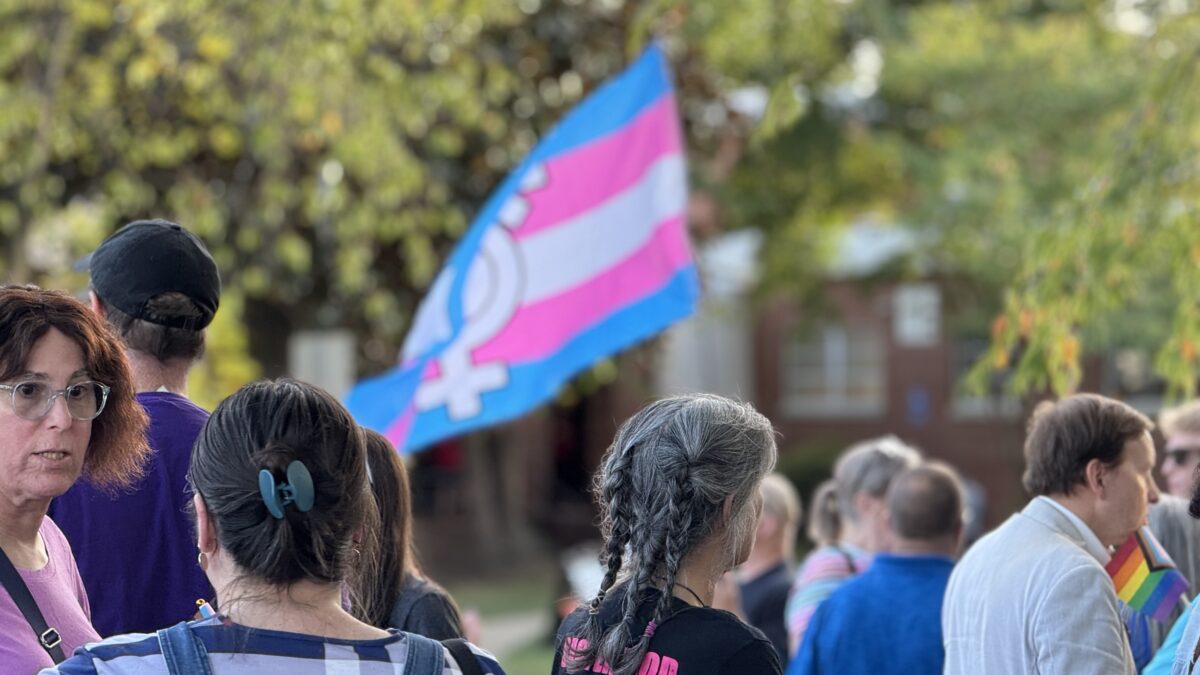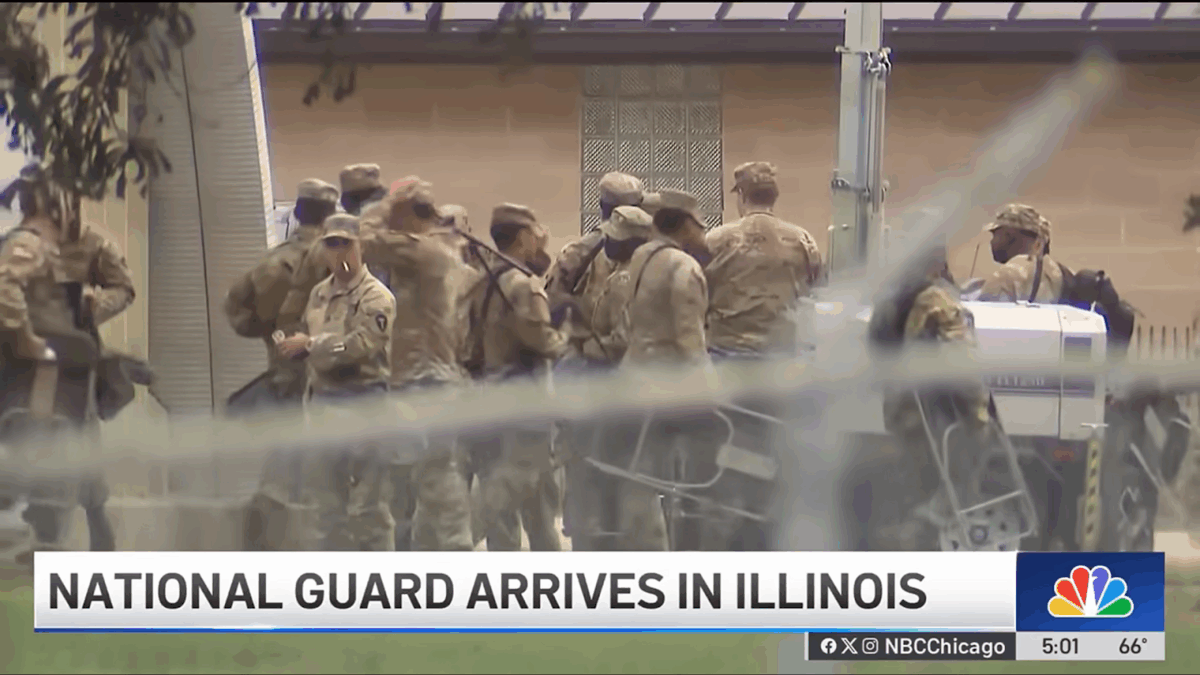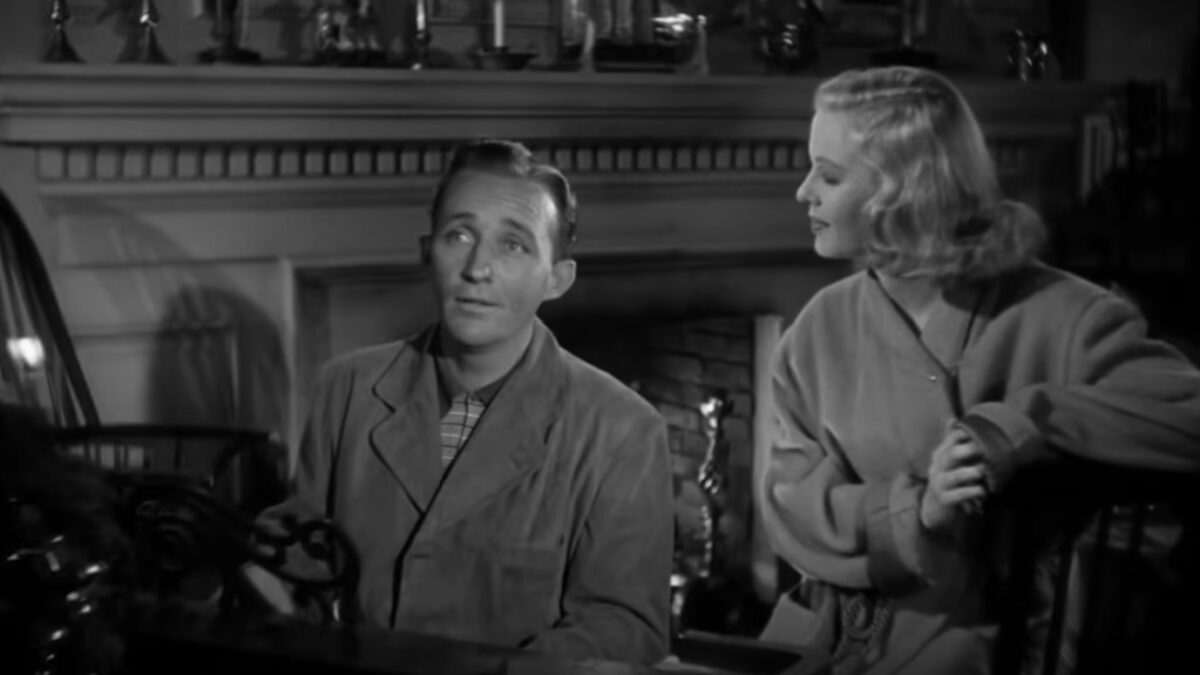
Emergency room wait times have been getting worse and worse in recent years, due to massive changes in our health care system, and it doesn’t look like it’s going to get better anytime soon. These trends are reflected in Joe Fassler’s piece for The Atlanic, entitled: “How Doctors Take Women’s Pain Less Seriously.”
Fassler recounts rushing his wife, Rachael, to the ER when she was suffering from extreme pain caused by an ovarian torsionan. Upon their arrival, the attending physician misdiagnosed her condition for kidney stones, and the staff virtually ignored her for hours, leaving her to suffer in pain.
He writes that his wife was treated poorly because she is a woman:
I felt certain of this: The diagnosis of kidney stones—repeated by the nurses and confirmed by the attending physician’s prescribed course of treatment—was a denial of the specifically female nature of Rachel’s pain. […] But this particular ER, like many in the United States, had no attending OB-GYN. And every nurse’s shrug seemed to say, ‘Women cry—what can you do?’
Rachael had to wait 14.5 hours before she finally was admitted into surgery, and her husband doesn’t think she is the only woman to be treated unfairly. He writes:
Nationwide, men wait an average of 49 minutes before receiving an analgesic for acute abdominal pain. Women wait an average of 65 minutes for the same thing. Rachel waited somewhere between 90 minutes and two hours.
While there may or may not be truth to the perception that doctors habitually minimize a woman’s pain, one thing definitely impacted Rachael’s wait time: an overcrowded ER. A staggeringly high number of patients still go to the ER for non-emergency health concerns, even though Obamacare was supposed to address this. According to a study by Truven Health Analytics in 2013, only 29 percent of those who visited the ER actually required immediate attention. This kind of ER overuse creates a strain on doctors, forcing those with truly urgent conditions to have to wait much longer.
More Than Just Sexism
There was definitely a lot more at play than merely sexism causing Rachael to wait so long before she received proper care. In New York City, where the Fasslers live, several hospitals have closed in recent years, which heavily impacted nearby hospitals and dramatically ramped up ER wait times. A rapid increase in Medicaid enrollees during the decade leading up to Rachael’s experience compounded this problem. From 2000-2012, Medicaid enrollment in the state of New York increased by 80 percent, largely due to state policy changes regarding eligibility. The ongoing health-care shortage combined with the rapid surge of Medicaid enrollees is the perfect recipe for a health-care disaster like the one the Fasslers experienced in September 2013.
Historically, when more people become insured overnight due to government expanding taxpayer-covered health care, ER wait times spike. In 2011 increased ER wait times were a problem in Massachusetts because of Romneycare. Like Obamacare, Romneycare made insurance mandatory, causing a rise in the number of insured patients, which then increased the demand for health care. The increase demand is not met by an increase in supply, because while government can hand out insurance, they cannot hand out doctors.
Indeed, Rachael’s experience has become increasingly common as ER’s have become flooded with more Medicaid patients since the Obamacare exchanges were set up in 2013. A recent survey by the American College of Emergency Physicians surveyed 2,098 ER doctors, three-quarters of whom said that the number of visits to the ER had increased since January 2014, The Wall Street Journal reported.
Obamacare is largely the reason for this uptick. Under the federal health policy, more individuals are now qualified for Medicaid, but these patients are having a hard time getting appointments, as few doctors accept Medicaid. Only 45.7 percent of doctors in 15 major cities in the United States accept patients who are enrolled in Medicaid, according to survey conducted by a health-care consulting group. Thus without a primary care doctor, Medicaid patients are forced to rely on trips to the ER to see a doctor.
So while the Medicaid expansion has provided health care to those who otherwise may not be able to afford it, the doctors who are willing to treat them are few and far between. Many have no choice but to flood the ER, which decreases the quality of care for both men and women alike. Sexism isn’t to blame for overcrowded ERs, Obamacare is.









